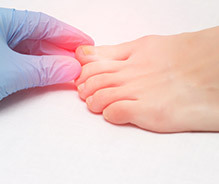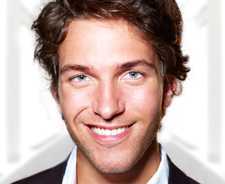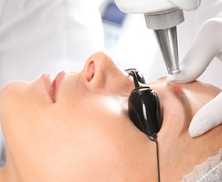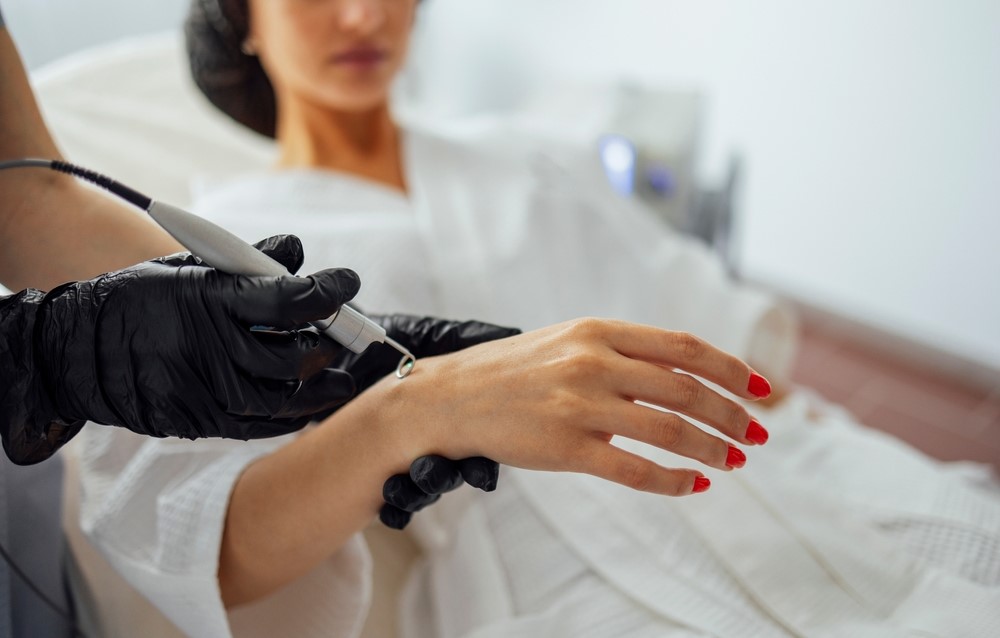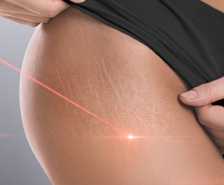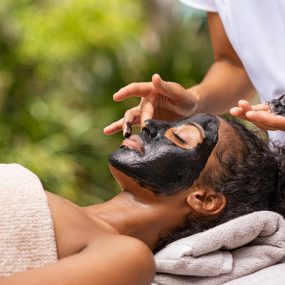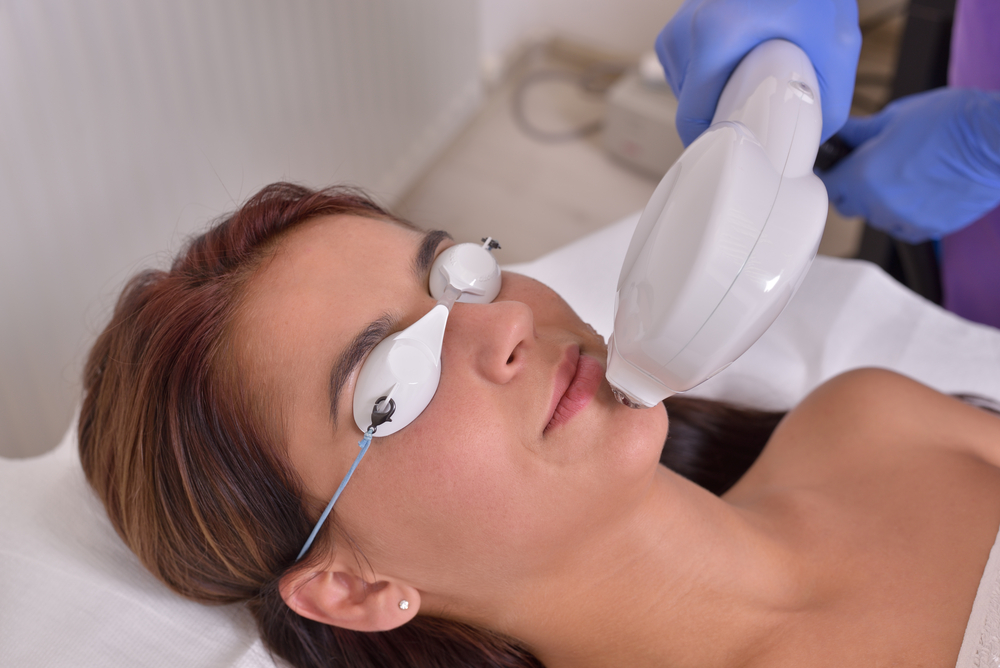A History Of Harley Street Harley Street is world renowned for its expertise in medical and private health care.
Located in the centre of London and conveniently situated between 2 main underground stations (Oxford Circus and Regents Park), it also lies between the scenic Regents Park and the capital’s famous shopping area and department stores such as Selfridges and Harvey Nichols.
Harley Street’s heritage can be traced back to the early 18th century with its impressive array of Georgian town houses developed by the 2nd Earl of Oxford, Edward Harley, after whom the street was named. This introduced character, opulence and prestige in to the Marylebone and Oxford Circus area, reinforced by the wealthy and famous who took up residents there, some of which included artists and politicians. The most notable being William Ewart Gladstone, a Victorian prime minister.
It was the 19th century which saw an influx of medical professionals, thought to have been attracted to the aesthetics of the area, proximity to famous and wealthy clientele and the flexibility of London roads and transport links. Residence within the buildings were easily converted in to treatment and consulting rooms and more doctors and surgeons moved in to the area through peer recommendations.
When the Medical Society of London and the Royal Society of Medicine established within the area, Harley Street really began to thrive and flourished in to the medical capital of England and soon, the world.
Walking along Harley Street and the neighbouring streets, you will notice English heritage plaques of renowned surgeons adorning the buildings. Amongst them, surgeon Sir Frederick Treves’ name can be found for saving the life of the late King Edward VII who suffered from appendicitis.
However, it’s not only surgeons who have taken a place in the history of Harley Street. The Oscar-winning film, The King’s Speech (played by Colin Firth) tells the story of the Australian speech therapist, Lionel Logue, who treated King George VI for his speech stammer. Logue’s name can be found on a plaque at 146 Harley Street.
Records show the reputation of Harley Street began with approximately twenty doctors in the mid 1800’s to approximately 200 by 1914. With the establishment of the National Health Service in 1948, this figure grew to 1,500. Harley Street’s reputation now exceeds its self with approximately 3,000 professionals working here ranging from medicine, dentistry, holistic therapy, psychiatry, cosmetic surgery to Laser skin care.
As we move in to a more beauty and image oriented society, the services provided at many Harley Street clinics have evolved and advanced to provide the latest and up to date fashionable treatments to meet the demands of its’ vast clientele. Harley Street Doctors and Specialists have visits from A-list celebrities from around the world who come for aesthetic treatments such as Laser Hair Removal, Scar Treatment, Botox and cosmetic surgery.
The Laser Treatment Clinic established now for 15 years plays a pivotal role within the skin care community here. Located at number 1 Harley Street, the very building where Florence Nightingale, the ‘founder of modern nursing’ resided in 1853.
Harley Street continues to enjoy its long standing reputation of the largest collection of specialised clinics and private health care in the world. Almost 200 years later, Harley Street remains at the forefront of medical innovation.
Written by: Sophie Hafez



